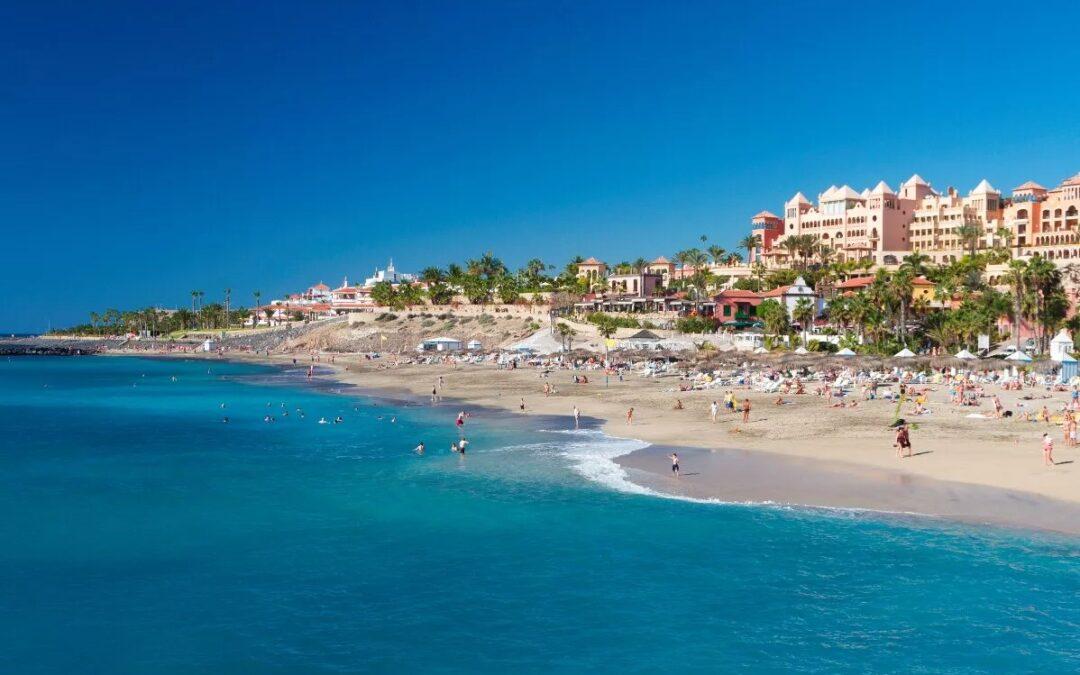THANKS TO DIGITAL LANCELOT
Tourism does not stop giving, in this 2023, good news to the Canary Islands. And it is that, although the overnight stays last year did not reach those of 2019, pre-pandemic figures, the truth is that the income was much higher. Great news for the islands.
In fact, the hotel and non-hotel plant of the Archipelago closed 2022 with 86.7 million overnight stays and is still 11.5% from those registered in 2019, but total income grew and in 2022, with 752,000 fewer tourists staying than in 2019 , the total collection exceeds that of that year by 230 million.
In addition to overnight stays, the evolution of other indicators of interest helps to understand the situation of this sector, which is consolidating its recovery. Thus, in terms of travelers staying in tourist establishments, the Canary Islands closed 2022 with a total of 12.6 million people, which still represents -5.6% compared to 2019, when it ended with 13.4 million.
Regarding the total income in accommodation establishments, a total of 4,154 million euros were registered throughout the Canary Islands, 5.8% more than the 3,924 million euros of 2019. This is the indicator that experiences the best behavior in relation to the other two : travelers staying and overnight stays, which means that the average expenditure made in accommodation establishments has increased. In this way, with 752,000 fewer tourists staying in this period compared to 2019 (-5.6%), income in accommodation establishments exceeds that of that year by 230 million (5.86%).
On five islands, the total accumulated revenues are higher than those registered during 2019, with El Hierro presenting the best data (3.5 million, +28.3%). Also Lanzarote (735.4 million, +11.4%), Fuerteventura (614.1 million, +10.2%), Tenerife (1,528.9 million, +7.5%) and Gran Canaria (1,210 million, + 0.4%) show positive figures. On the other hand, they continue with indicators lower than those of 2019 La Gomera (30.37 million, -12.7%) and La Palma (32 million, -25%).
Total revenue 2022
With regard to overnight stays, all the islands are at lower figures than those of 2019. The greatest decrease occurred in La Palma (-46%), followed by La Gomera (-28.8%). With falls of between 10% and 20% were Gran Canaria (-19.7%) and El Hierro (-17.8%). Finally, the islands of Tenerife (-7.7%) Lanzarote (-7.6%) and Fuerteventura (-3.8%) show the smallest decreases.
Overnight stays 2022
In the case of lodged travelers, the trend is very similar to overnight stays, Fuerteventura being the only one that increased its figures compared to 2019 with an increase of 3.9%. The islands of Tenerife (-1.9%) and Lanzarote (-4.6%) experienced decreases below 10%, while La Gomera (-30.5%), La Palma (-30%), Gran Canaria (-12.8%) and El Hierro (-11%) registered worse figures.
Travelers staying 2022
Finally, with respect to occupancies per square last December, the average throughout the Canary Islands was 68.84%. The island with the best average occupancy was Tenerife (71.41%), followed by Gran Canaria (70.78%), Lanzarote (70.75%), Fuerteventura (61%), La Gomera (60.2%), La Palma (46.83%) and El Hierro (20.76%).
Positive indicators for 2021
Although many of the indicators still do not exceed the figures for 2019, they have done so compared to 2021. Overnight stays have increased by 115.7%, with 46.5 million more overnight stays.
Hosted travelers also show a significant increase compared to 2021, 99.7% and 6.3 million more guests. Finally, total revenue improved considerably, 120.2%, which means 2,268 million euros more.
About the Ashotel Observatory
The Tourism Competitiveness and Sustainable Development Observatory is Ashotel’s platform for surveillance, intelligence and prospective in sustainability, corporate responsibility and innovation in the accommodation sector in the Canary Islands. It is constituted within the guidelines of the Ashotel 2030 sustainability and digitization strategy that arises from the need to provide the accommodation sector with a roadmap for the promotion of more responsible and sustainable tourism.





